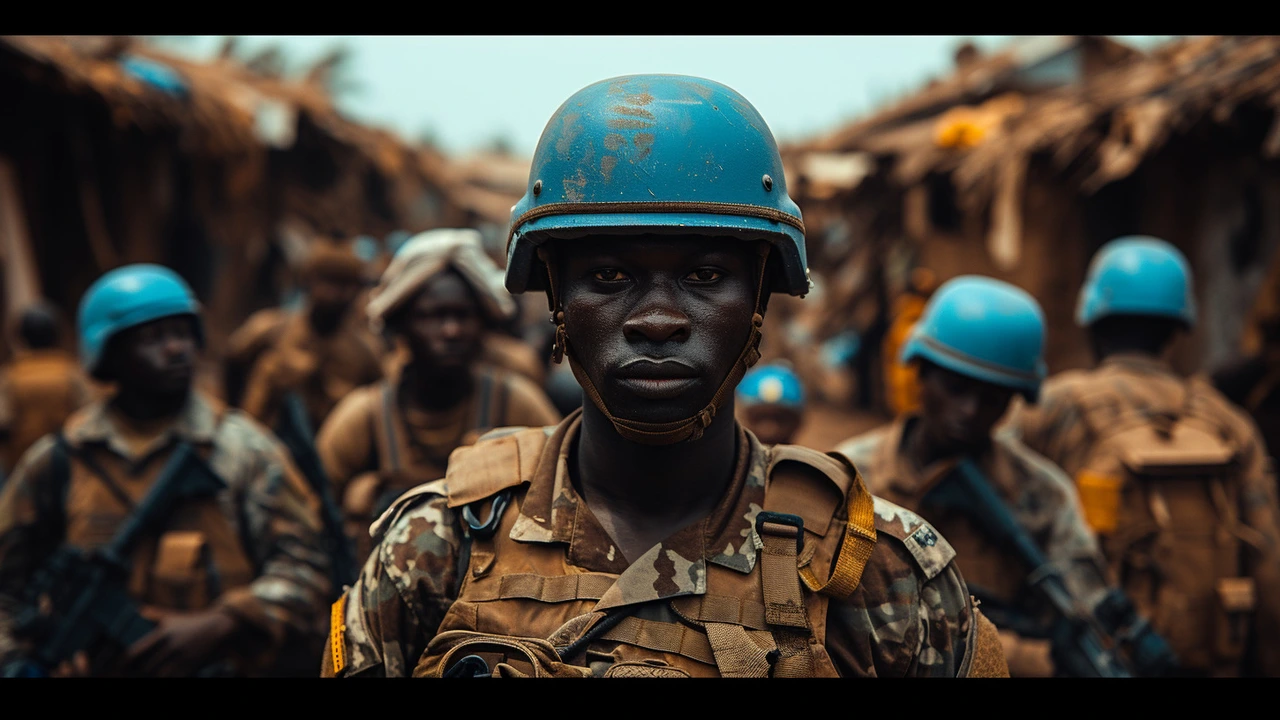When fighting stops, rebuilding is not automatic. Post-conflict reconstruction is the practical work of turning fragile peace into everyday stability: fixing schools, creating jobs, restoring justice, and making people feel safe again. If you’re planning or supporting reconstruction, you need clear priorities, realistic timelines, and local voices at the center.
Security first. People need safety to return home and restart their lives. That means policing that protects civilians, holding spoilers accountable, and targeted disarmament, demobilization, and reintegration (DDR) for ex-combatants. Without basic security, other efforts stall.
Rule of law and justice. Courts, legal aid, and fair dispute resolution help stop cycles of revenge. Transitional justice—truth commissions, reparations, or trials—helps communities confront past harms. Prioritize accessible, local systems so ordinary people can use them.
Services and infrastructure. Restore water, power, schools, and health clinics quickly. Small fixes (repairing a pump, reopening a clinic) have big effects on daily life and trust. Use cash-for-work or local contracting to repair infrastructure while creating jobs.
Economic recovery. Jobs matter more than promises. Support microbusinesses, vocational training tied to market needs, and simple credit schemes. Public works and subsidies can kickstart markets. Track real indicators like market stalls open, wage levels, and household incomes.
Social cohesion and reconciliation. Reconstruction must rebuild relationships across divided communities. Support joint community projects, school reconciliation programs, and spaces where people meet and solve problems together. Don’t rush reconciliation—build it through shared goals.
Start with a quick, honest assessment. Map who holds power, who is vulnerable, what services are broken, and what local groups already solve problems. Use that map to set short, medium, and long goals—days, months, and years.
Prioritize local ownership. Foreign aid helps, but local leaders, NGOs, and community groups must lead daily work. Fund small local initiatives directly and build local capacity rather than imposing big external programs.
Sequence interventions. Fix security and basic services first, then scale up justice, governance, and economic programs. Combine visible wins (repaired clinic, reopened market) with longer-term reforms (legal training, civil service reform).
Coordinate donors and actors. Avoid overlapping projects and gaps. Use one shared plan with clear roles, timelines, and measurable indicators: reduction in violent incidents, returnee numbers, school enrollment, and new business registrations.
Plan for spoilers and setbacks. Expect delays, political pushback, and local disputes. Keep contingency funds and quick-response teams ready to stabilize hotspots before they derail progress.
Finally, measure what matters. Track safety, livelihoods, and trust in institutions. Adjust programs based on what the data shows, and keep communities part of monitoring so results match local needs.
Reconstruction is messy and long, but practical steps—security, justice, services, jobs, and local leadership—make peace last. If you’re working in this space, focus on small wins that build confidence and on systems that keep improving over time.

Peace and stability after a conflict are delicate instances that require utmost attention. This blog post explores the essential role of peacekeeping in post-conflict reconstruction. We'll delve into how peacekeepers help in laying the foundation for sustainable peace and contribute to rebuilding war-torn societies. I'll guide you through the complex journey of recovery, illustrating how peacekeeping efforts facilitate socio-economic development and political stability after a conflict. Join me as we underscore the importance of this pursuit in creating lasting peace worldwide.
